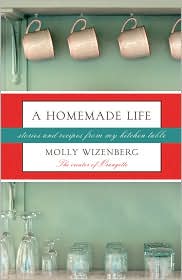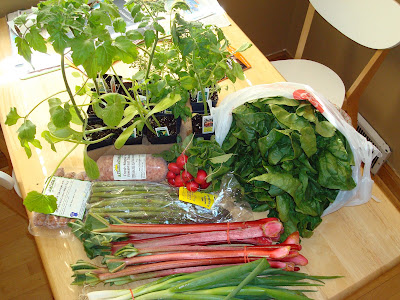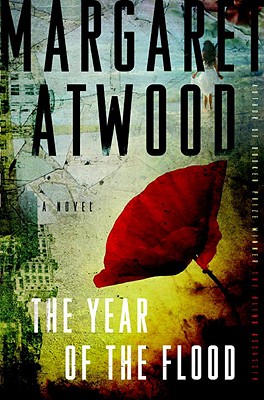
Back in February, when
I reviewed Judith Ryan Hendricks' fourth novel,
The Laws of Harmony I never dreamed I'd be interviewing her one day! The idea that I have the opportunity to correspond with and ask questions of an author whose work I enjoy and respect is a truly thrilling experience and one I never thought I'd have when I began this little blog. Many thanks to Lisa from
TLC booktours for offering me this chance.
From my
original review, here is short synopsis of The Laws of Harmony:
Sunny Cooper grew up on a commune in New Mexico and as soon as she is an adult she does everything in her power to leave her past behind. She attends college, supports herself, and eventually moves in with her boyfriend Michael. She is looking for a 'normal' life, but events will dictate otherwise. Sunny receives news that Michael has died in a car accident; soon after her home is broken into. Sunny's life is shattered, she realizes that Michael's job was not what it seemed and she is in danger. Sunny sells everything and moves to San Miguel Island, one of the Channel Islands. There she begins again, finding a home, job and new friendships. Several surprise discoveries turn Sunny's life upside down yet again, and she struggles to maintain equilibrium and mend the troubled relationship with her mother whom she left on the commune.Judith was kind enough to answer a few question. I could literally have asked her 100 different things, but I limited myself to these.
*Food is so often an integral part of your books; what has inspired you to write about food and cooking within your novels?Food is a physical need, but it’s also deeply symbolic—a touchstone for events and relationships, a way of expressing ourselves creatively and communicating our feelings for other people. It’s so much a part of life that it would be difficult for me conceive of a story that doesn’t incorporate it somehow. Food also makes a great metaphor. As my main character says of her bakery job in
Bread Alone,
“But maybe the most important thing I learn is that almost any disaster, no matter how awful it looks, can be salvaged if you keep your head and don’t just start dumping things into the garbage.”*I'm guessing you enjoy cooking yourself! Am I right? Would you share with us some of your favorite things to make? A few years ago I cleaned out my kitchen files and when I read the recipes, I couldn’t believe I’d ever done those things—Beef Wellington, escargots in parchment, Baked Alaska—dishes with five or six different components that had to be made from scratch. And they had to look perfect. I was working full time then, and I wonder not just how I did it, but why. I suppose it was partly to educate myself about food, partly as a creative outlet, and partly because I had something to prove. Now I prefer cooking (and eating) rustic, simple food. A roast chicken, pasta, fresh veggies from the farmers’ market, handmade bread. These days if I get in the mood to tackle an interesting, time-consuming project, it’s almost always dessert! Like the blackberry brownies that Sunny makes for the Island Fair in
The Laws of Harmony.
*Would you talk a bit about your physical writing process? Where, when, on a computer or by hand, is it quiet or noisy, is there food involved?My writing process involves discovering rather than inventing a story. To discover the story, I have to write it, then write it again. And again. Until it’s right. Which means I probably write a couple thousand pages to produce a 350-page book, but it’s the only technique that works for me.
Books on writing talk about the need for discipline, the need to make yourself sit at your computer or your desk and put words together, but I find that I need discipline to make myself get up and take a break, to go shopping, cook dinner, do the laundry. I’d write a lot more if I could. I like to get my chores done in the morning so I won’t be interrupted once I begin, and then about noon I sit down at the computer and write till dinner time. My office is an extra bedroom with a nice view of the back yard. I usually have a cup of tea or iced coffee and my dog Blue curled up on her rug next to me and I have to have quiet. If I can hear music or conversation, my mind follows it unconsciously and I lose my concentration.
*Who are your favorite authors - for inspiration or just enjoyment? What are you reading right now?I read both fiction and nonfiction, and anything I like serves as an inspiration in one way or another. I love Dickens, Stevenson, Austen and the Brontes. Graham Greene, Hemingway and Fitzgerald. Margaret Atwood, Paul Theroux, Robertson Davies, Jo-Ann Mapson, Roxana Robinson, Judith Guest, Salley Vickers, Kate Atkinson, Anne Tyler, Joanna Trollope. I enjoy mysteries, too, especially P.D. James, Jacqueline Winspear, Donna Leon and Tony Hillerman. For nonfiction, Tom Wolfe, Jon Krakauer, Laurence Gonzales and Annie Dillard. I’m currently reading
The Great Man by Kate Christiansen.
*The ending of The Laws of Harmony felt a little bit open ended to me. Is there a chance Sunny Cooper might turn up in another novel?I think there’s an excellent chance, assuming I live long enough. There are a couple of story lines I could see developing, but I’ve already made a start on two other books, and the idea for a third is simmering on the back burner. Which makes a good segue into the next question…
*Finally, are you working on any new books right now?I think my next project is going to be the third part of
Bread Alone. I’m kind of interested in finding out what those characters are up to about 15 years down the road.
Many, many, thanks to Judi for sharing her thoughts with myself, and my readers. Don't forget to stop by the
other stops on the tour.
And finally,
here is a blog post Judith did which includes the recipe for Sunny's divine-sounding blackberry brownies - Yum!














